| On a molecular level, the DNA of the dog is almost identical to that of the wolf. The dog differs from the wolf at most by 0.2% of their mDNA sequence. That is a very small number on a genetic scale, especially in comparison to the difference between the wolf and coyote at 4% of their mDNA sequence. That being said, it is also important to note that a wolf and a dog can breed and produce fertile offspring - a true example of just how close wolf and dog truly are. So what does that mean? It means that the dog is not so far removed from the wolf, despite popular assumption. It means that the dog's digestive system is identical to that of the wolf. Nature's design was not lost over the years of evolution from wolf to dog, and these two phenomenal creatures are nearly identical on a physical and anatomical level. This is why my very first recommendation for diet is a raw food diet, that is the species-appropriate food dogs are supposed to be eating. Raw food is what they will thrive on! If you are interested in learning more about the evolution of the dog from the wolf, watch this documentary online via YouTube by National Geographic: And Man Created Dog |
| Wolves are biologically designed to thrive on a diet of prey animals. The wolf is a predator and carnivore, and their entire physical anatomy reflects this fact. The same goes for the dog! It starts with the head, with eyes at the front of the skull to enable vision tailored to hunting and chasing down prey. The canine nose is designed to detect scents humans cannot even fathom, which allows them to track prey over great distances and pin point their targets location (works especially well for small prey animals such as hare and mice). We then have the canine mouth, a combination of bone crushing jaw strength and teeth designed to tear flesh and crush bone. Canine molars are sharp and pointed, designed to crush bone and sheer meat as opposed to a herbivore's teeth that are flat and meant to grind vegetable matter. |
| Most importantly, we have the canine stomach. A dog's stomach is quite large and muscular, which allows them to eat quite a bit of food in one sitting. (Raw meat does not expand in the stomach the way kibble does, so dogs are often in danger of overeating and experiencing bloat from a kibble diet.) The dog's stomach is extraordinarily acidic which both allows for the break down of bone, but also allows the dog to ingest harmful bacteria with little to no ill affects. In wolves, this acidity allows the wolf to eat a rotting carcass in times of need in a push for survival. Dogs are capable of this same feat. The dog's pancreas is much smaller than the human's pancreas, and scientists believe the reasoning behind this is because dogs and wolves consume much of the needed digestive enzymes from the fresh, raw prey they consume. It is also important to note that dogs produce only a fraction of the enzymes from their smaller pancreas than humans do. |
In terms of anatomy, dogs have the generic structure of a canine carnivore. They are impressive in terms of structure, being muscular and agile hunters. They are capable of chasing prey over long distances, and eventually taking down and subduing animals many times larger than they are. While the dog has been domesticated to suit our needs, those base needs and instincts are still intact.
Everything noted above are traits that have allowed the creatures of the order Carnivora to thrive on a carnivorous diet for over 60 million years - long before the appearance of the human. The meager (less than) 100 years since the invention of dog kibble is an insignificant speck of dust in comparison to the ageless raw food lifestyle of mammals across planet earth since it's dawning days.
So in conclusion, why should you feed your dog raw? You should feed your dog a raw diet because that is exactly what they are meant to eat. A raw diet lifestyle will allow them to achieve the optimum level of health and well being possible - instead of merely surviving, they will thrive. You will absolutely find better overall health, less illness in their lifetime, and longer and healthier years of life when all is said and done on a raw diet. That is only half of the incredible benefits dogs enjoy when they are fed raw food. Raw fed dogs have brighter eyes, beautiful skin and coat, white teeth and fresh breath, minimal if any allergic reactions and sharper minds.
Learn more about the incredible raw food diet by reading my other article here!
If you are interested in learning how to properly feed a balanced diet of raw meat, raw bone and raw organ, K9 Instinct can help! Visit my Diet and Nutrition page or contact me for more information. Online nutritional consultations are available online!
Click here to check out my eBook: A Guide to Raw Feeding!
Angel
K9 Instinct
www.k9instinct.com

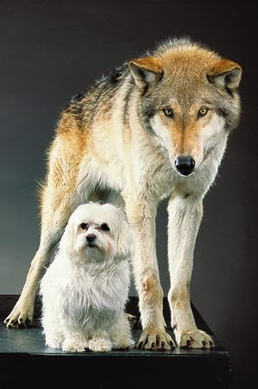
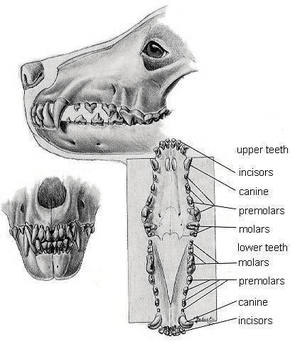
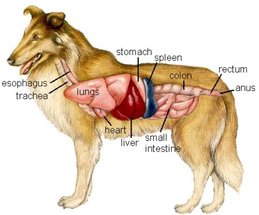
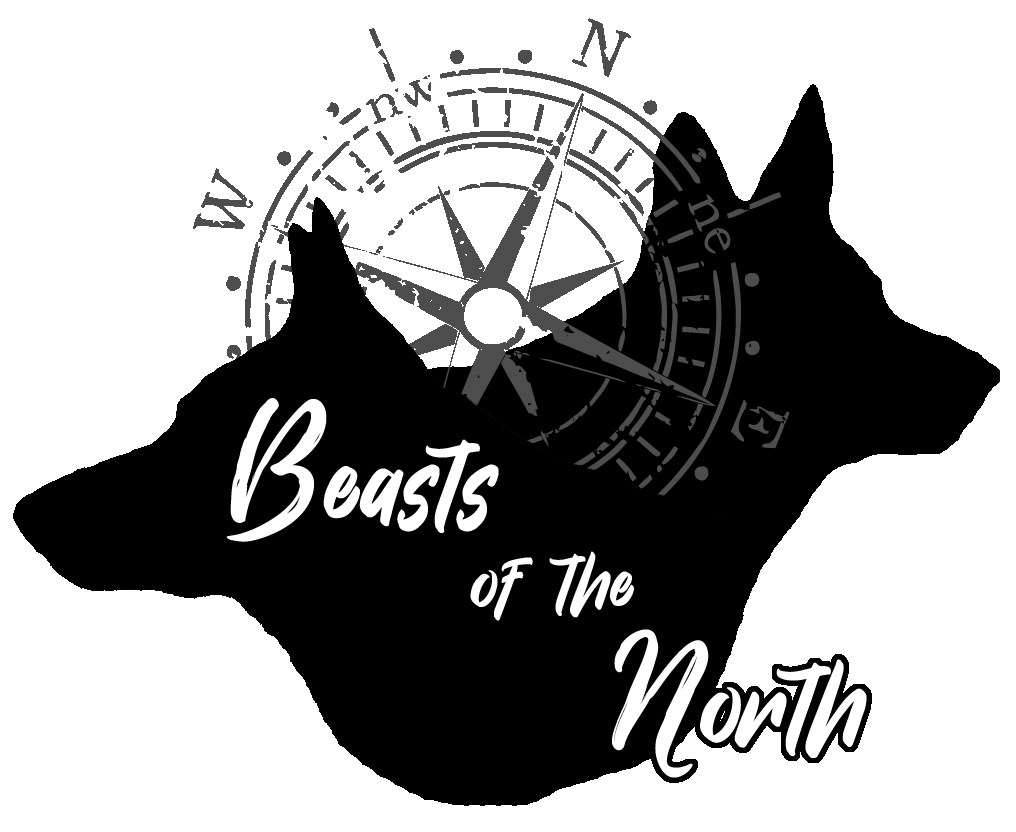
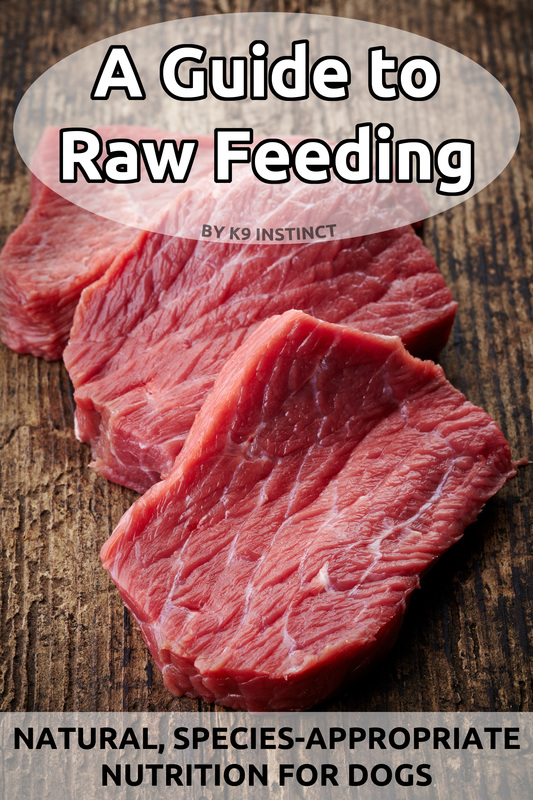
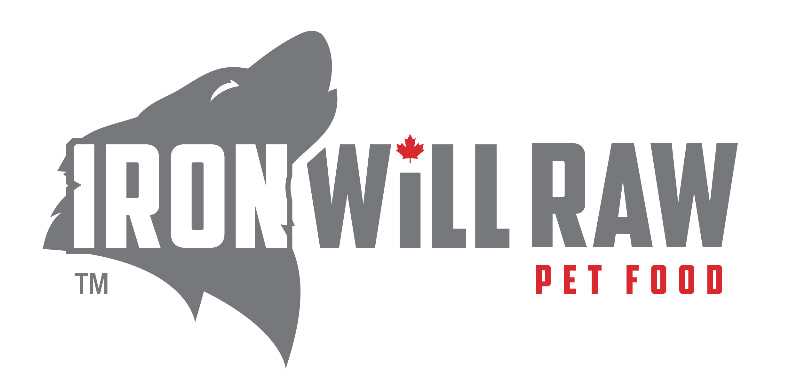
 RSS Feed
RSS Feed
